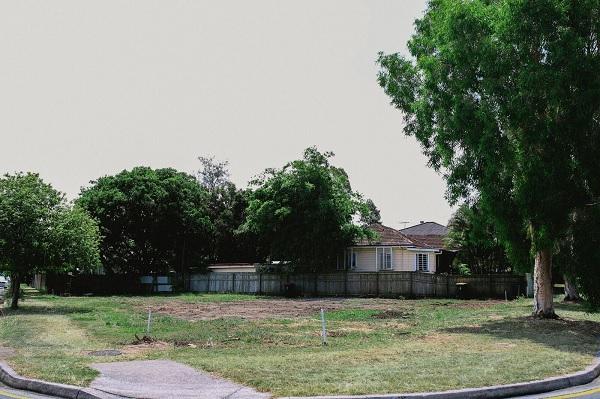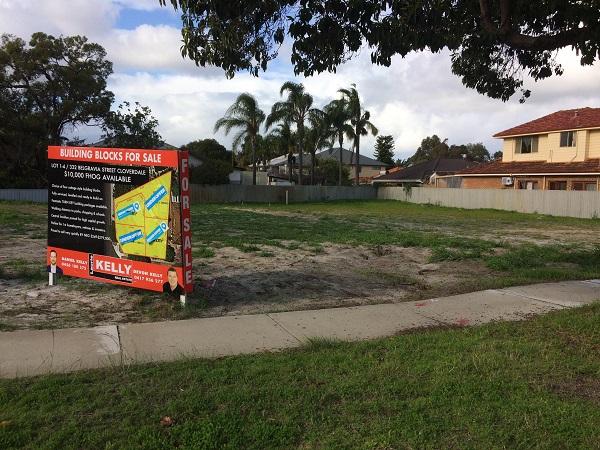The process of subdividing land is a very particular and methodical process, with differences from state to state. The major differences from state to state are the stakeholders and decision making bodies that administer the subdivision process and issue titles. Some states have excellent, streamlined application processes that are centrally administered and governed at a state level. Other states have far more lengthy and cumbersome mechanisms for dealing with subdivision applications, dealing with development applications on a case-by-case basis and taking many months just to reach conditional approval.
How to subdivide land Queensland
The subdivision process generally involves three main stages in Queensland.
The first step in the process is Town Planning Approval. To obtain this, a development application for a Reconfiguration of a Lot is prepared and lodged to council for approval. Depending on the type of application, a typical subdivision application can take between three and six months to be approved by council. However, some council areas (such as Brisbane, Gold Coast and Logan) have created a fast-track process for certain low-risk applications, which are generally approved in one to four weeks.
The second step in the process is compliance with conditions of the approval. This stage involves ensuring that all of the conditions of approval have been met. This may include connecting all lots to existing services (i.e. sewer, water and storm water), clearing the site, construction of the required civil works and meeting any other conditions of approval. This stage can take anywhere from two to six months to complete, depending on what is required.
The final step is Plan Sealing and Survey Plan Registration. Your surveyor or town planner will submit the plan of survey to council for plan sealing, whereby council confirms that all conditions of approval have been met. Once signed and sealed, the survey plan is submitted for registration with the Queensland Government and new titles are issued.

Wynnum North Small Lot Subdivision to create two 300sqm lots in Qld.
How to subdivide land in Victoria
The subdivision process in Victoria is administered at a local council level. Subdivision applications require a planning permit, issued by the relevant Municipal Council. The subsequent conditions define the bulk of the work for a project. These conditions typically satisfy service authority and other infrastructure requirements of the proposed subdivision. The subdivision process for ‘greenfields’ residential estates is different to that for urban infill in Victoria and in particular the Melbourne metropolitan area. The emphasis has shifted so that state planning policy seeks the substantial proportion of new housing to now come from urban infill rather than the greenfield residential estate subdivisions, which provided the bulk of new housing through the 20th century.
The planning process in Victoria for urban infill involves:
- The preparation of an application incorporating a design and supporting documentation, preliminary assessment by council planners
- Response to any initial council feedback
- Referral to service authorities
- Advertising of an application to surrounding neighbours
- Consultation with stakeholders/neighbours if required
- Council assessment, and;
- Finally a decision
The Council must consider the views of third parties in making their decision to support or refuse an application or to support an application with conditional amendments required. A decision by the council can be appealed to the Victorian Civil Administrative Tribunal (VCAT) either by an objector if the council supports a proposal or by a landowner/developer if a permit is refused. The timing for processing a permit is often in the range of four to six months but an appeal to VCAT can add an additional six months or more to what is often a frustratingly slow process.
How to subdivide land in WA
The West Australian Planning Commission (WAPC) centrally administers all subdivision applications in WA. The application framework they have established dictates the process of how to subdivide land in WA. The WAPC consults with utility providers and local councils about the conditions they would like imposed on subdivision applications, and has worked very closely with them to standardise the subdivision process in the state. As suburbs continue being saturated with infill development, parking, amenity and infrastructure, issues are beginning to surface. Local governments are attempting to have more of a say in the type of development occurring to address these issues. We are seeing them offer bonus but conditional higher density zoning for areas on scheme maps. Submission of a Development application (not required with a normal subdivision application) and conformance to special conditions additional to WAPC requirements is the trade-off. If this is just returning layers of red tape or a tool that will alleviate infrastructure and amenity headaches is yet to be seen.
From a planning perspective, subdivision is a staged process in WA. Initially a subdivision application is prepared and lodged with the WAPC. The application is reviewed and receives comment from the WAPC, local council, utility providers and other statutory bodies. Three months after lodgement, the subdivision application is either rejected or conditionally approved, after which the applicant has to perform the subdivision site works and pay all the necessary fees and contributions relevant bodies. When all the conditions are met, a formal clearance lodgement is made to the WAPC. An application is then made to Landgate for the issue of separate titles.

Just a couple of years ago, sites like this one in WA had single 3x2 or 4x2 on them.
How to subdivide land in NSW
The first step in the subdivision process in NSW is to determine if it is possible to subdivide by looking at the zoning and site specific restrictions. Once it has been determined that land can be subdivided, the next step is to engage a surveyor and town planner. The consulting surveyor will carry out a detailed survey of the land and then prepare the plan of subdivision, which your town planner will ensure complies with all development standards.
It is considered good practice to have a pre-lodgement meeting with the local council. All consultants involved in preparing the development application should attend the meeting, including your town planner, ecologists and bushfire specialists where relevant. The outcome of this meeting will be a list of items prepared by council, which need to be addressed when preparing the development application for submission to council.
Once approved, council will issue a development consent setting out the total of council's required contributions with a list of conditions to be completed before council endorses the subdivision plan. These conditions may relate to the provision of water supply, access, power or any other item council considers important. Your consulting planner will explain the development consent to you and point out any particular items, which are especially important for you to understand. When construction and civil works are complete and the conditions of the development consent have been met, the next step is the Subdivision Certificate application phase.
At this stage, the ‘linen’ plan is prepared by the surveyor and submitted to council for their approval. Council make an assessment on whether all conditions of the development consent have been met to their satisfaction. Once the council has endorsed its certificate on the subdivision plan and all interested parties have signed it, the surveyor can have the plan lodged at the Land Titles Office on your behalf. The plan will become registered and title documents issued. The new subdivision is now complete and you are able to transfer ownership of the new lots.
For all general subdivision enquiries and assistance getting your project underway, contact the respective professional in your state for some expert advice today.
Western Australia
FLYNN Subdivision Experts
Markus ph. 0403984155
[email protected]
Queensland
AAD Studio
Liam ph. 07 3368 2211
[email protected]
Victoria
Millar|Merrigan
Duncan ph. 03 8720 9500
[email protected]
New South Wales
Suburban Town Planners
Melissa Neighbour ph. 0499224064
[email protected]